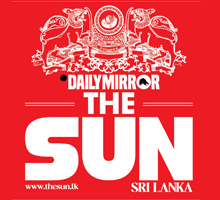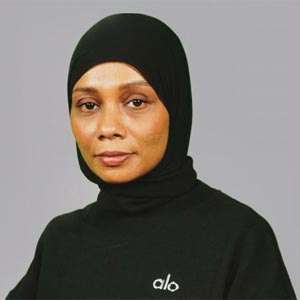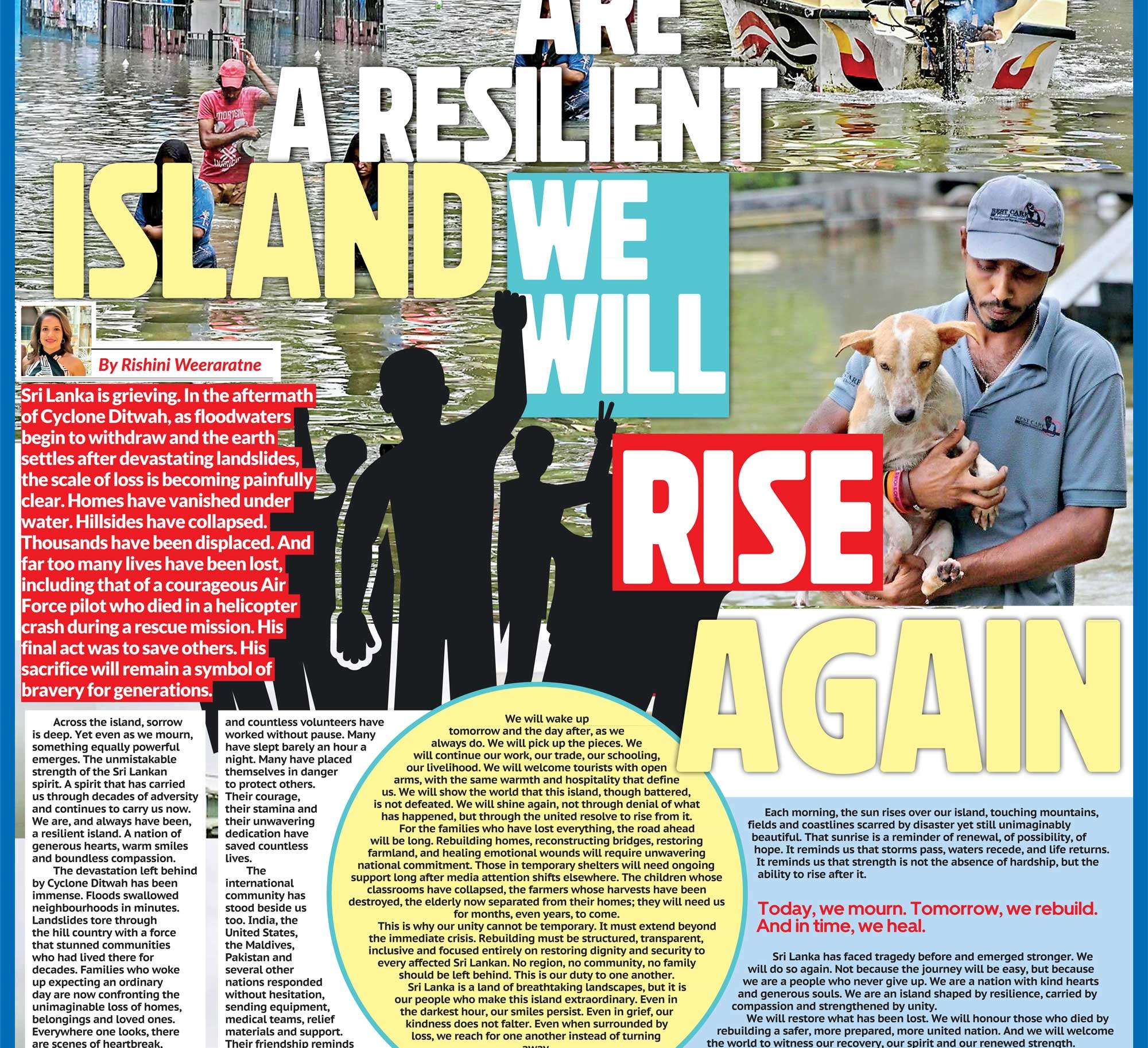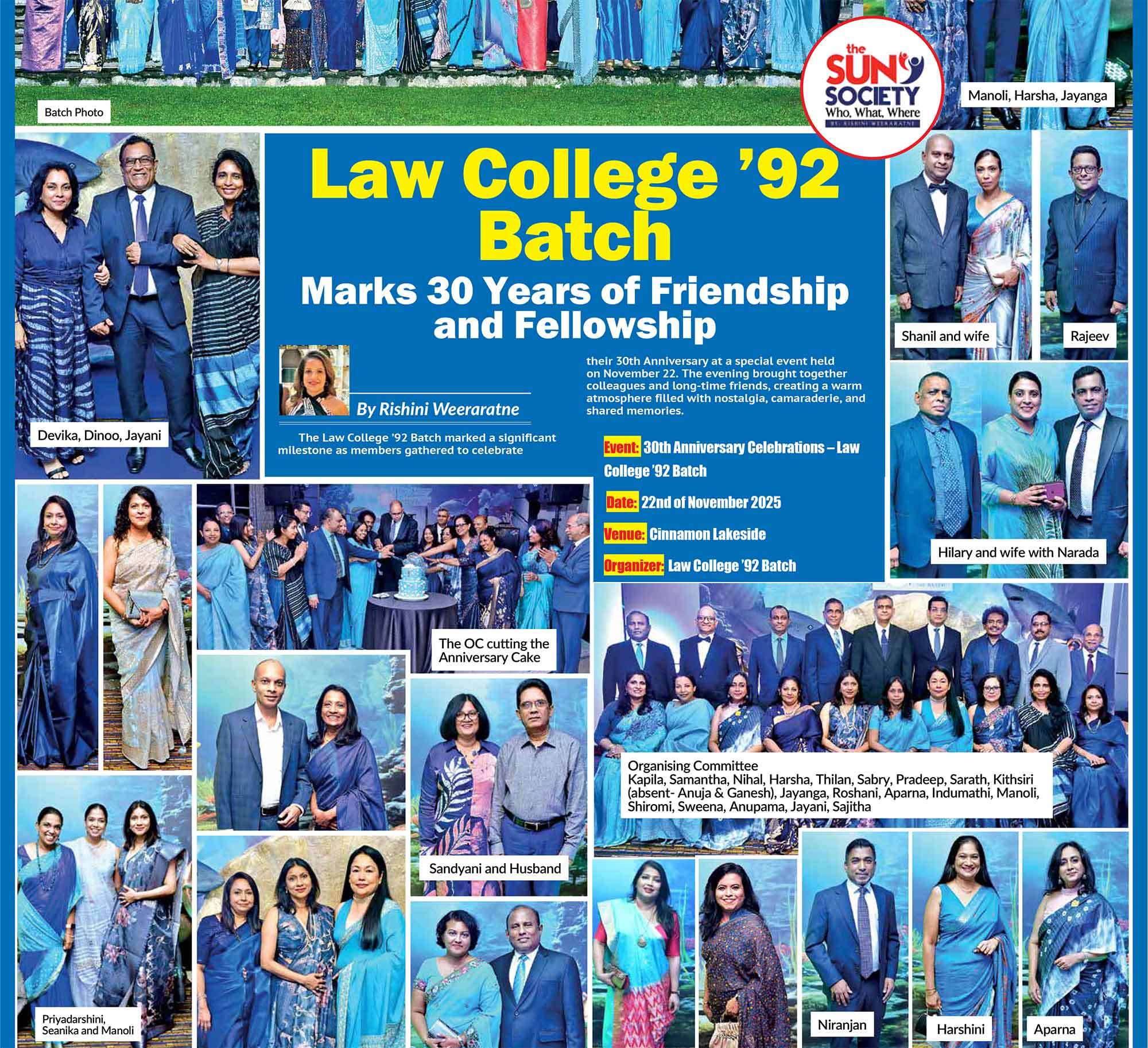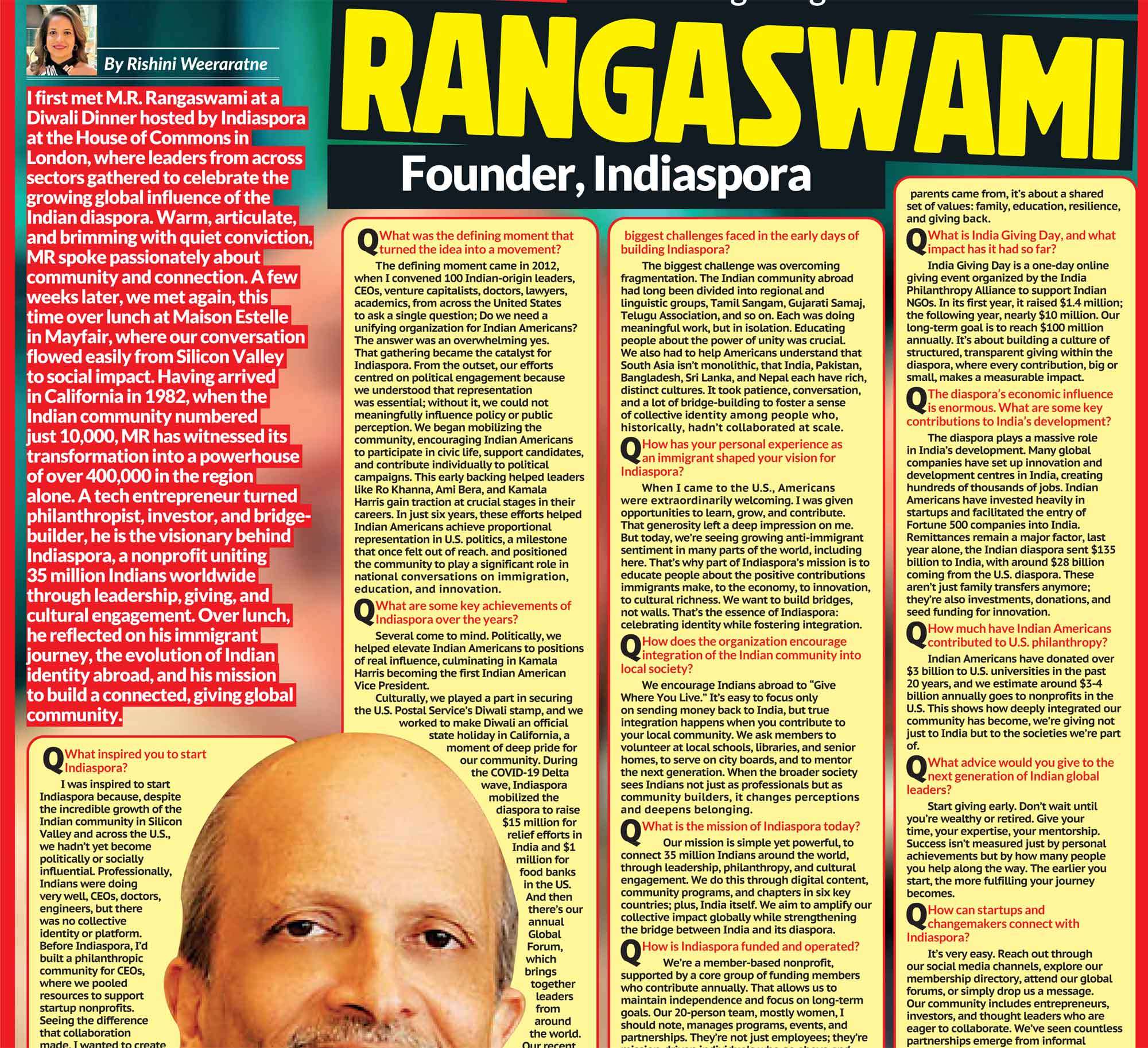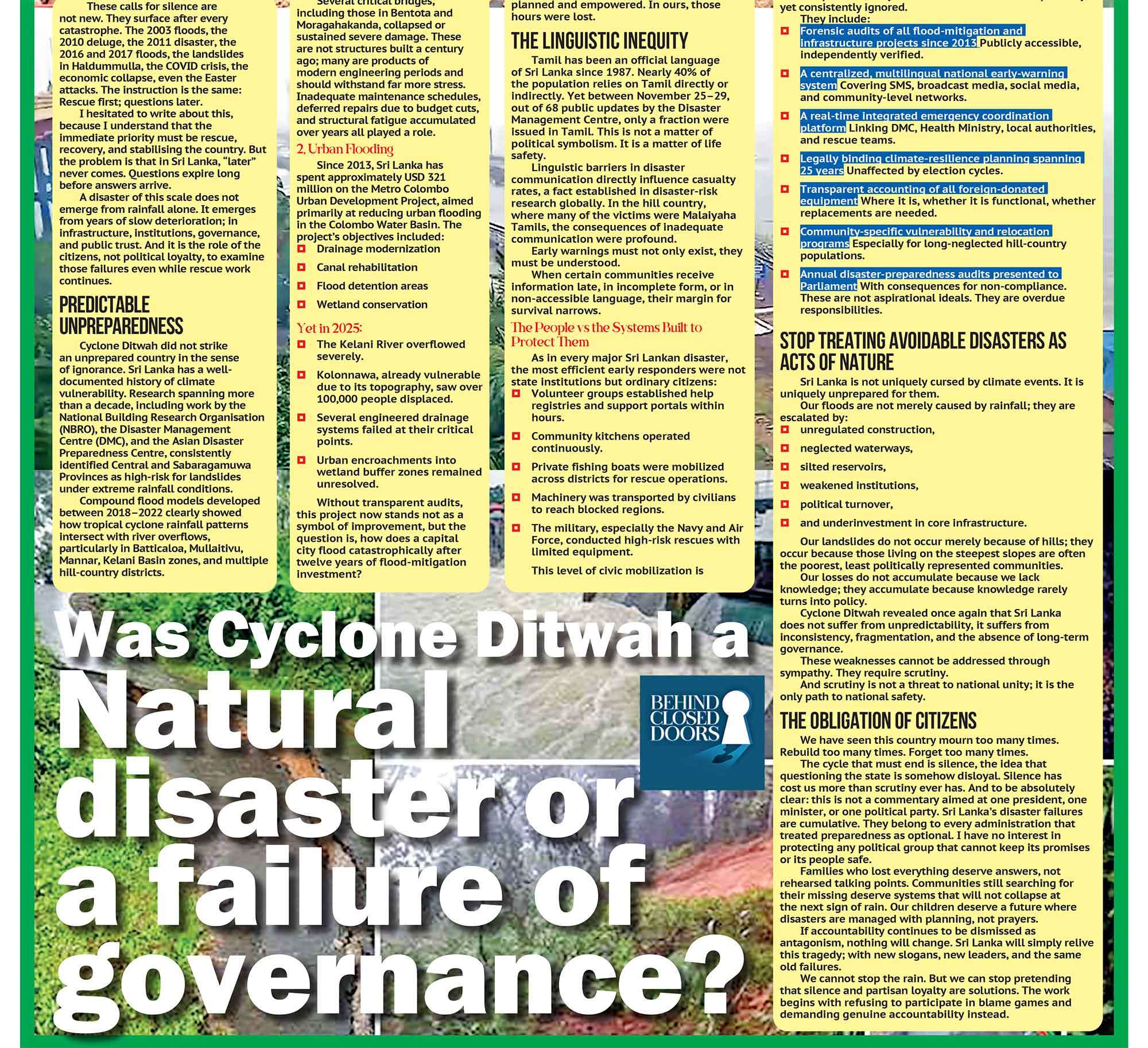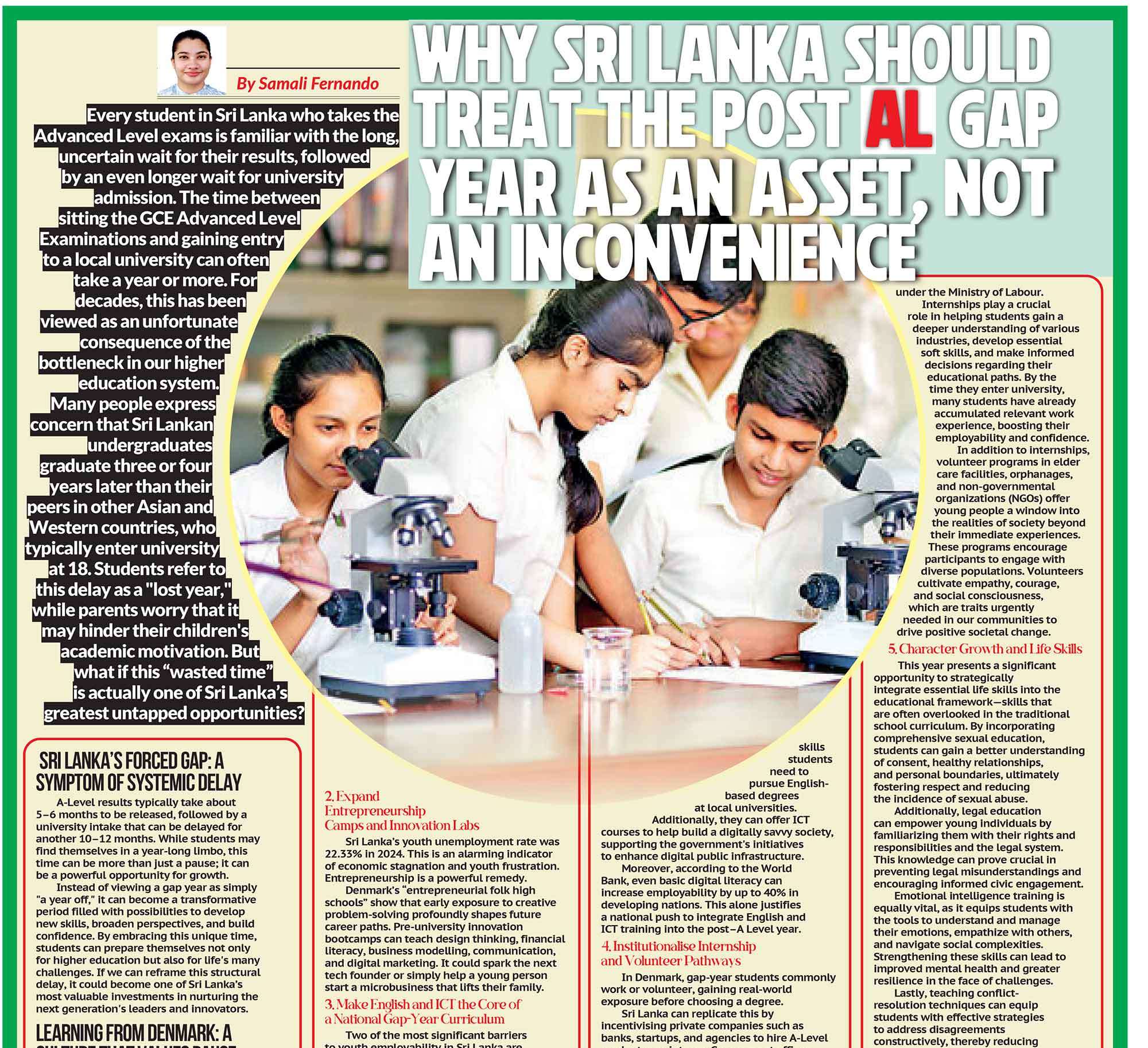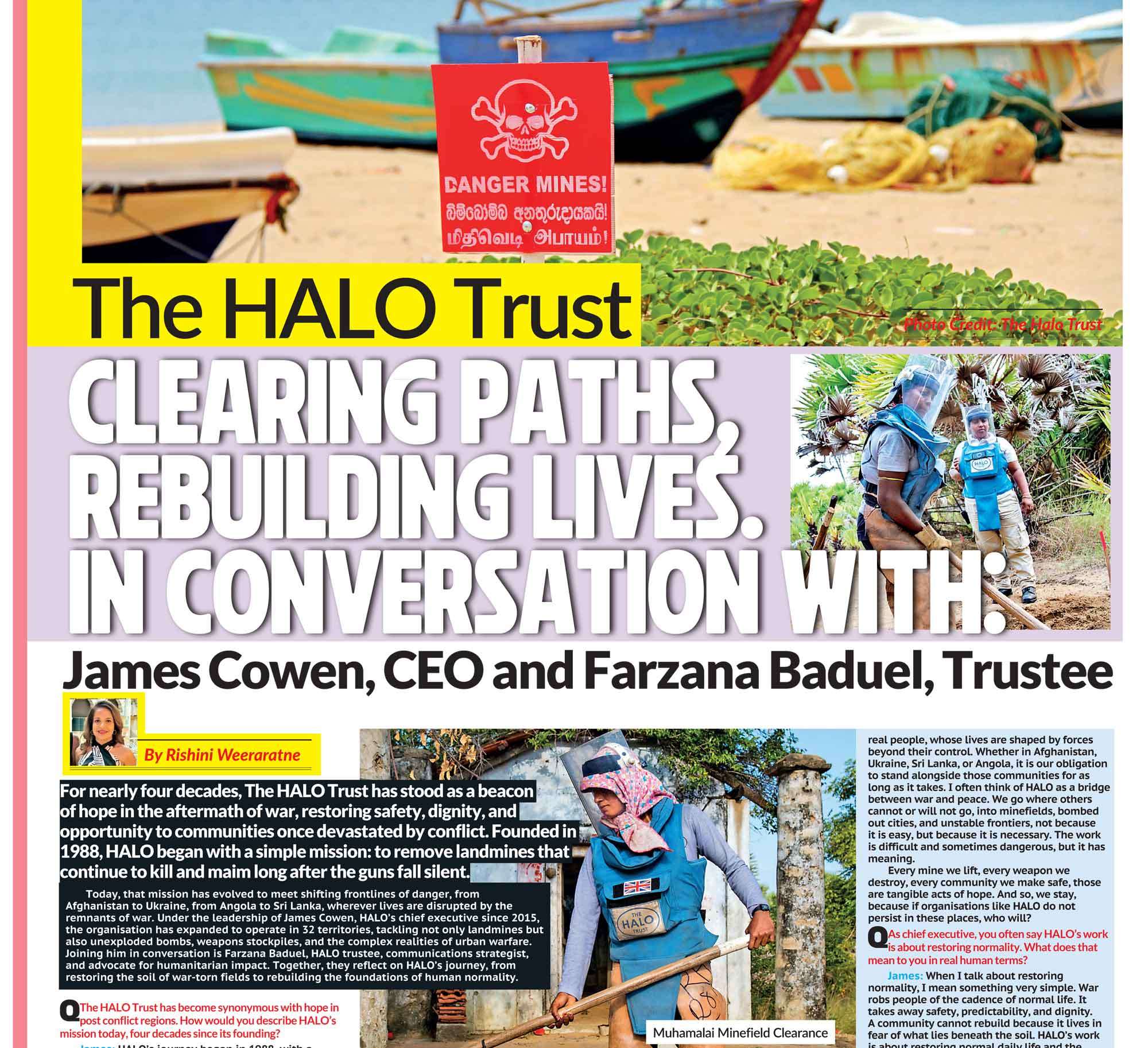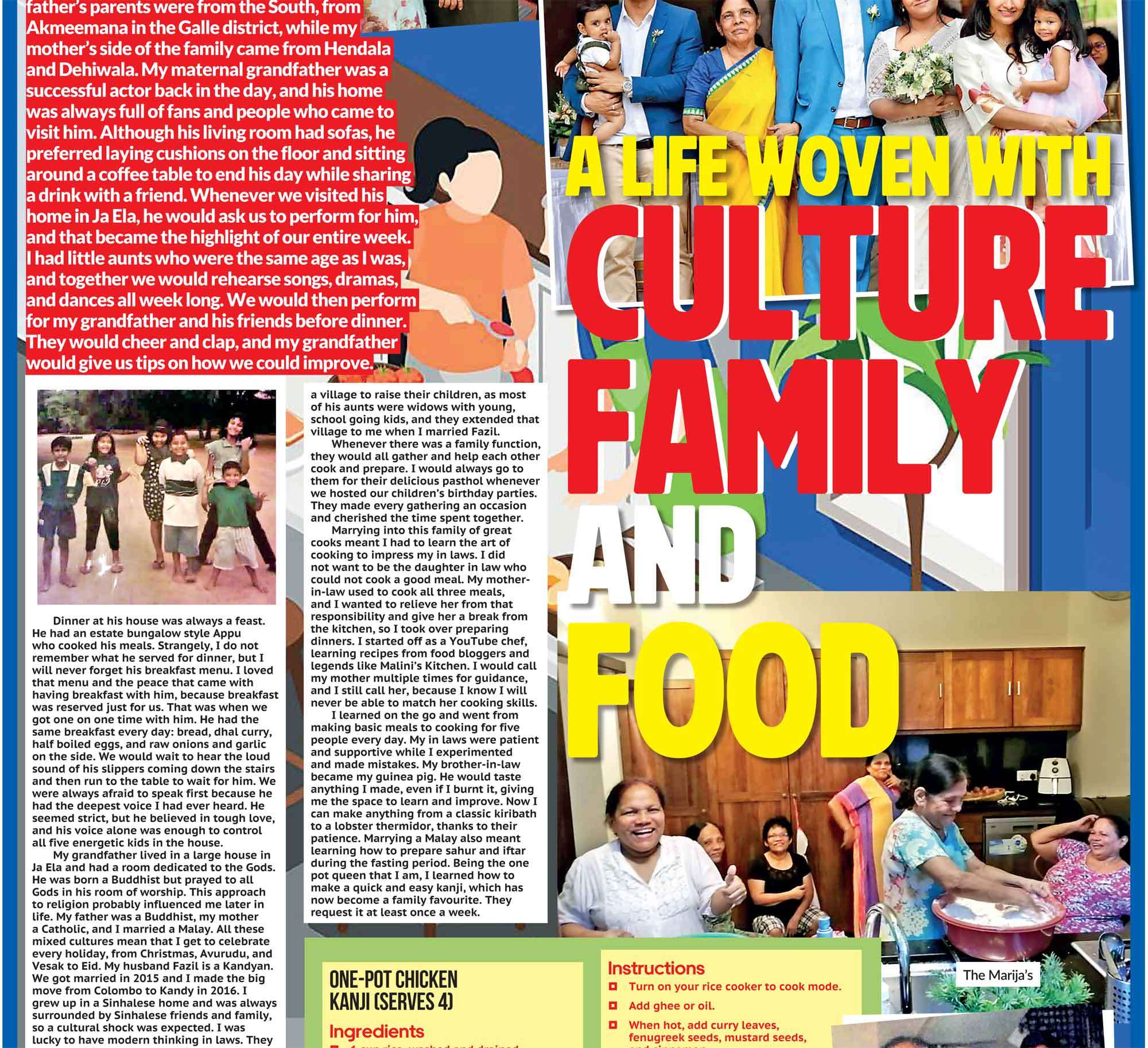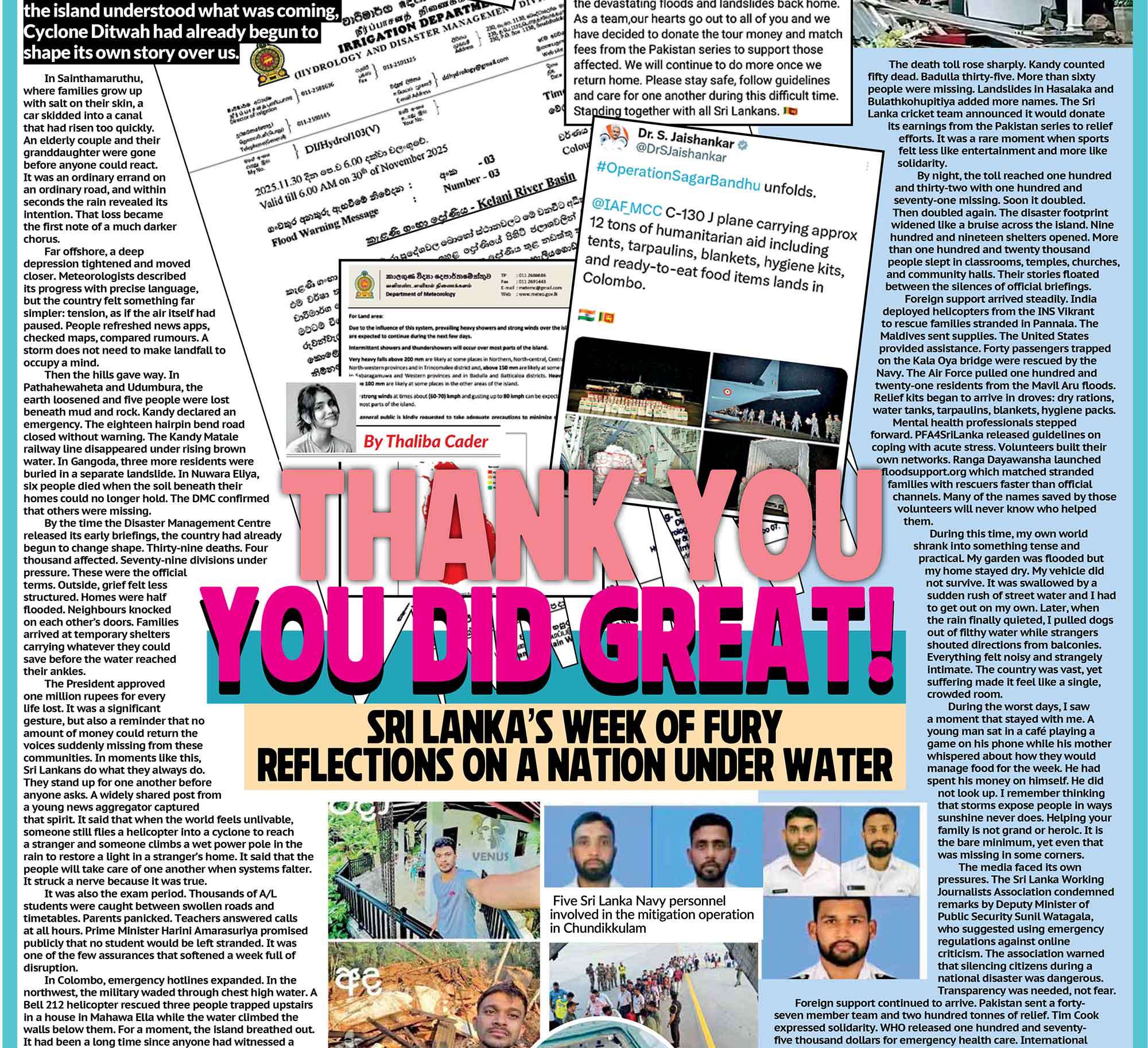 Eden Silva is not just another name on the British tennis roster. She is a symbol of resilience, representation, and the relentless pursuit of excellence. With Russian and Sri Lankan heritage, Silva stands out as one of the very few British tennis players from ethnic minority backgrounds to make a mark on the global stage. From picking up a racquet at just three years old in East London to competing internationally by the age of eight, her rise has been both swift and inspiring. She trained under the legendary Robert Lansdorp, reached the finals of the British Junior Nationals at twelve, and qualified for Junior Wimbledon at sixteen. Twice, she has reached the quarterfinals at Wimbledon, in women’s doubles in 2019 and mixed doubles in 2025. But her journey goes beyond the court. Eden Silva is carving out a legacy as a role model, trailblazer, and voice for inclusivity in tennis.
Eden Silva is not just another name on the British tennis roster. She is a symbol of resilience, representation, and the relentless pursuit of excellence. With Russian and Sri Lankan heritage, Silva stands out as one of the very few British tennis players from ethnic minority backgrounds to make a mark on the global stage. From picking up a racquet at just three years old in East London to competing internationally by the age of eight, her rise has been both swift and inspiring. She trained under the legendary Robert Lansdorp, reached the finals of the British Junior Nationals at twelve, and qualified for Junior Wimbledon at sixteen. Twice, she has reached the quarterfinals at Wimbledon, in women’s doubles in 2019 and mixed doubles in 2025. But her journey goes beyond the court. Eden Silva is carving out a legacy as a role model, trailblazer, and voice for inclusivity in tennis.
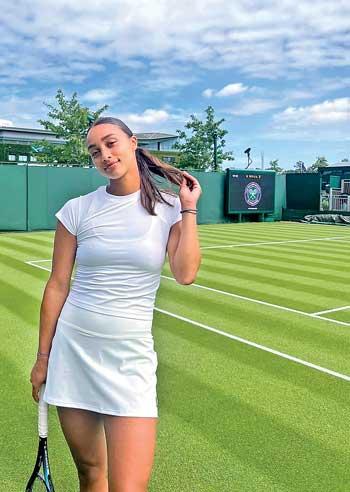 Q Let’s start at the very beginning. What first drew you to tennis as a young child?
Q Let’s start at the very beginning. What first drew you to tennis as a young child?
I actually started playing really young; just three years old. Looking back, it’s almost unbelievable because my family wasn’t into tennis at all. My parents didn’t play, none of my uncles or aunties did either, so it wasn’t something I grew up around. But we lived near a local club in East London that ran mini squads for kids every Saturday. My dad took me along one weekend, and from that very first session, I was hooked. The coaches noticed I had good hand-eye coordination, and things just flowed from there. Soon enough, I was having proper lessons, entering tournaments, and by the time I was eight, I was already playing my first international event in France. It all happened quickly, but even then, I knew, I loved the game, and I wanted to keep going.
Q Wimbledon is such an iconic part of British tennis culture. What was it like experiencing that stage so early in your career?
Wimbledon was always the dream. I grew up going there as a spectator with my mum or dad, watching the matches from the stands, and it felt magical. Then, at sixteen, I got the chance to play Junior Wimbledon. I had to go through qualifying, which made it feel even more special because I’d truly earned my place. Walking out on those courts for the first time as a competitor, not just a fan, was surreal. Later, as a teenager playing the main draw, it felt like a full-circle moment. A place I had always associated with being a fan was suddenly somewhere I belonged as a player, representing my country. More than anything, it felt like validation, that the hard work was paying off, that the dream I had as a child wasn’t so far-fetched after all.
Q You’ve reached the Wimbledon doubles quarterfinals twice, in 2019 and 2025. How would you describe those moments?
Honestly, those moments are unforgettable. In 2019, when I made the quarterfinals in women’s doubles, it was like this massive breakthrough. Wimbledon is the most iconic venue in the world, and to achieve something like that on home soil made it extra special. Every win there feels like a wow moment. Then in 2025, reaching the mixed doubles quarterfinals brought a completely new kind of joy. The atmosphere at Wimbledon is always electric, but in mixed doubles the energy is different. The crowd gets behind you in a really powerful way, especially as a Brit.
Walking out to the cheers, knowing your family and friends are somewhere in the stands, it gives you goosebumps every single time. I never take it for granted. Not many players get the chance to play a Grand Slam in their home country, so it’s something I treasure deeply.
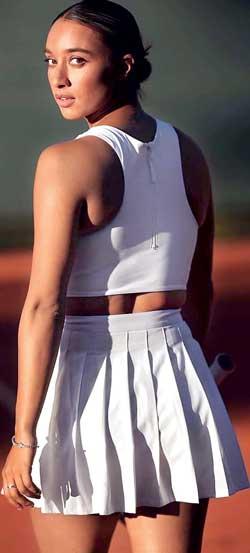 Q You trained with the late Robert Lansdorp, one of tennis’s most legendary coaches. What was that experience like?
Q You trained with the late Robert Lansdorp, one of tennis’s most legendary coaches. What was that experience like?
Training with Robert Lansdorp was transformative. He was known as one of the toughest coaches in the world, and he lived up to that reputation. I first met him when I was about eight or nine, when he came over to the UK, and later I started training with him in California. His sessions weren’t for the faint-hearted. You couldn’t go in half-heartedly; every single drill demanded your best. His standards were sky-high, but that’s what made him incredible. I actually loved that about him because it set such a clear expectation: if you wanted to be great, you had to put in the work at the highest level. For about five years, my dad and I were traveling back and forth to Los Angeles for training blocks, sometimes three months at a stretch. It was tough on the family, my mum and brother were at home while we were away, but that sacrifice built the foundation of my career. I’m forever grateful for that time.
Q Tennis has such a demanding schedule. How do you manage training and recovery around the season?
The tennis calendar is relentless. There are tournaments almost every week, so breaks don’t just happen, you have to create them. For me, I usually take time off towards the end of the year. It’s a chance to reset, recharge, and focus on training without the pressure of matches. That’s when I strip it back to basics, both physically and mentally. By the time January rolls around, I want to feel fresh, sharp, and ready to go again. Over time I’ve also learned it’s about quality, not just quantity. When I was younger, I’d spend five or six hours a day on court and in the gym. Now, I focus on intensity and purpose. Shorter, sharper sessions often do more for me than endless hours.
Q You’ve played both singles and doubles. How do you approach those two formats differently?
They’re almost like two different sports. In singles, it’s all on you. You cover the whole court, the matches are longer, and you need to be solid in every area of your game. In doubles, the dynamics change. Points are shorter, sudden-deuce scoring is common, and match tiebreaks decide a lot of outcomes. Serving, returning, and quick reactions are crucial. You’re also sharing the court, which means your style has to complement your partner’s. Chemistry makes such a big difference. You can put two great doubles players together, but if their styles don’t match, it’s hard to win. For me, doubles have become my focus. After my knee surgery and other injuries, singles took a toll on my body. Doubles felt more sustainable, and I really enjoy the tactical side of it. Plus, some of my best memories have come from doubles partnerships where the chemistry just clicked.
Q Speaking of injuries, you’ve faced some big setbacks. How did you cope with those?
Injuries have been some of the hardest challenges of my career. At nineteen, I tore my ACL, which required surgery and a year-long recovery. Just as I was coming back, I suffered a severe ear infection that also required surgery and cost me another six months.
Those were brutal times, but they taught me so much about resilience. Recovery isn’t just physical; it’s mental. There were days I questioned whether I’d ever come back, but the desire to keep playing pushed me through. My support system, my family and friends, was everything. They kept me grounded and motivated when things felt overwhelming. I wouldn’t choose to go through those setbacks again, but they’ve shaped who I am. They gave me perspective and real mental toughness. Looking back now, I’m grateful for the lessons.
Q Let’s talk about performance off the court. How do you handle nutrition, recovery, and mental preparation?
Nutrition is huge. I’m not obsessive, but I’m mindful. I try to eat clean and balanced, focusing on carbs for energy and protein for recovery. I allow myself treats; I’ve learned that cutting everything out just doesn’t work for me long-term. Supplements play a role too. During heavy training blocks, I might use creatine. When my knees act up, I’ll take collagen. But I try to get most of what I need from whole foods. Sleep is my best recovery tool. I love it! I’ll happily be in bed by half-nine. Traveling makes it tricky with time zones, but I try to plan ahead and adjust. Nothing beats a good night’s sleep when it comes to performing at your best. Mentally, I keep things simple. Before matches, I focus on one or two key priorities. Overthinking only creates doubt. If I get nervous, I step back, take a few deep breaths, and reset. Simplicity is everything.
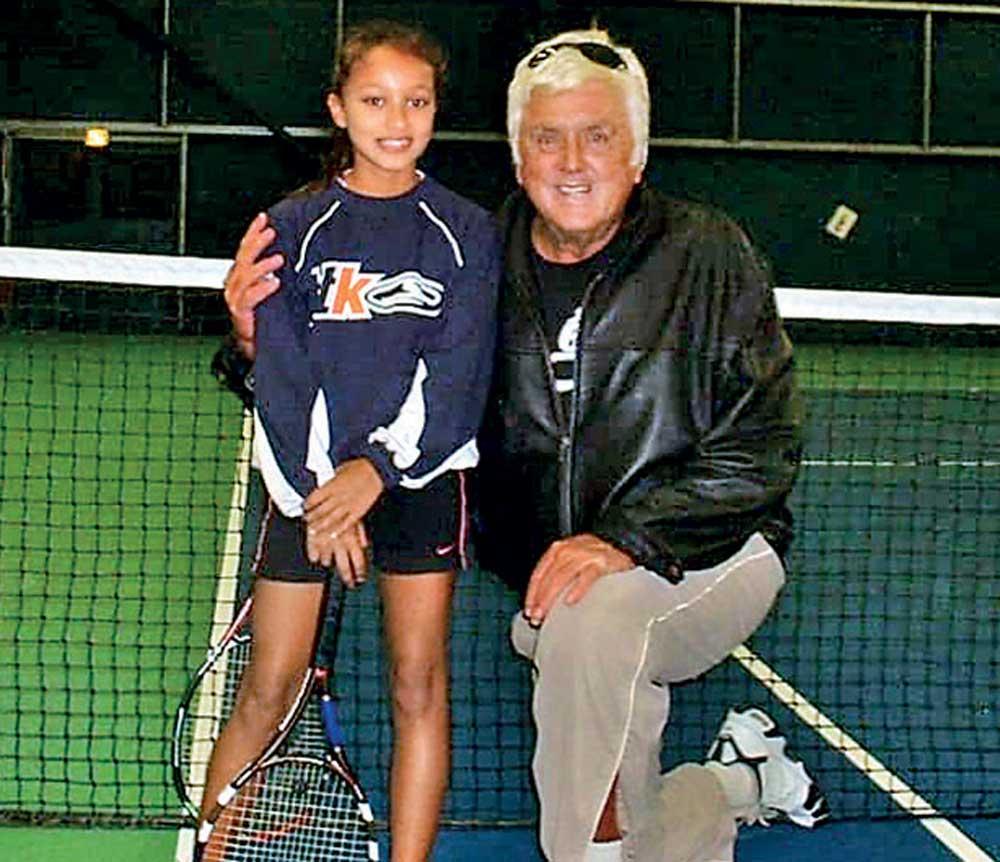
Q You’ve mentioned your heritage before. How important is your Sri Lankan and Russian background to you?
It’s a huge part of who I am. Representing both sides of my heritage means a lot to me, especially in a sport where diversity is still growing. If young players from similar backgrounds see me on a stage like Wimbledon and feel inspired to pick up a racquet, that makes me proud. I also want to give back. One of my dreams is to return to Sri Lanka, reconnect with family, and help grow the sport there. I’d love to run kids’ clinics and even bring international tournaments to the island. There are tennis events all over the world; why not in Sri Lanka? It’s such a beautiful country with so much potential.
Q Finally, what are your goals moving forward, both on and off the court?
My next immediate goal is to break into the top 100. I’ve been close this year, and I know it’s only a matter of time. That’s my focus. Off the court, I want to keep exploring my passions. Fashion is something I love, traveling has given me so much inspiration, and I’ve been lucky to work with brands like Vuori Clothing. I could definitely see myself moving into that space more seriously after tennis. But more than anything, I want to keep growing, keep learning, and keep using tennis as a way to inspire and connect. If my journey helps even a few young people believe they can achieve something in sport or in life, then I’ll feel I’ve done my part.

